(Please scroll down to the orange text for the English version)
Under vår resa har vi besökt ett antal ruiner och kvarlämningar, så vi är ärligt talat rätt trötta på att vandra runt bland religiösa stenhögar. Vi har också redan varit till några Mayaruiner i Mexiko, så vi har hoppat över de flesta ruiner som vi kommit i närheten av och fokuserat på att uppleva andra saker. Ryktet om denna Mayaruin gjorde att vi ändå bestämde oss för att betala för en guidad tur här och vi är otroligt glada över att vi gjorde det. Den guidade delen är väldigt innehållsrik och guiderna är kända för att ge levande beskrivningar av platsen och vår guide Marwin var inget undantag. Han tog oss med till det gamla Copan där han målade upp en mäktig och livlig stad i det gamla Mayariket som hade sina glansdagar under 400 år i början av vår tideräkning. Vi filmade delar av turen så vi har klippt ihop en några filmer med Marwin som ni kan se nedanför bilderna.
Copan låg längst ut i den sydöstra delen av det gamla Mayariket och var under sin storhetstid nästan helt omringad av andra befolkningsgrupper. Det var inga problem för det starka Mayasamhället, som snabbt expanderade Copan i den bördiga dalen vid Mayarikets gräns. Deras imponerande bygge av infrastruktur och förkärlek för utsmyckning av staden gjorde att resurserna i dalen förbrukades i allt snabbare takt. Stadens invånarantal var också imponerande med tanke på att den då bördiga dalen inte var så stor. Man har räknat ut att minst 20 000 personer levde i staden under dess glansdagar, men man vet också om att staden övergavs under 800-talet och då var dalen i ett helt annat skick än vad vi ser idag. Hela dalen hade tömts på träd och annan växtlighet, så det enda man såg var ett kalt, bergigt landskap utanför stadsgränsen. Den en gång bördiga jorden, som tidigare hade varit skyddad av växtlighet, hade nu ingen chans att motstå solens hetta och kunde inte längre livnära stadens befolkning. Staden avfolkades och under de kommande århundradena så hade dalens växtlighet en chans till att återhämta sig.
Idag håller man på med utgrävningar här och ruinerna står fortfarande delvis bland träd och växtlighet som bidrar till den genuina känslan av att stiga in i en annan tidsålder. Vi gillar denna Tomb Raider-känsla av ruiner vi besöker till skillnad från andra utgrävningar vi varit på där de skövlat bort en massa träd till förmån för turismen.
Har du möjlighet att utforska Honduras så skulle jag rekommendera att komma hit enbart för guiderna vid mayaruinerna, men också för den vackra naturens skull!
Text och bilder hittar du även på Ett annat liv.
We have visited a number of ruins and relics during our journey and we are honestly rather tired of wandering around among religious stone piles. We have also already been to a few Mayan ruins in Mexico, so we have skipped most of the ruins that we come close to in Central America, and focused on experiencing other things. The reputation of this Mayan Ruin was very good so we decided to pay for a guided tour here and we are very glad that we did. The guided part is very rich and full of life, and the guides are known to provide vivid descriptions of this place, and our guide Marwin was no exception. He took us to the ancient Copan, where he painted a vivid picture of a powerful and lively city in the ancient Mayan empire that had its heyday during 400 years in the beginning of our era. We filmed parts of the tour and we’ve put together a few films with Marwin that you can see below the photos!
Copan was far out in the southeastern part of the ancient Mayan empire and was during its heyday almost completely surrounded by other communities. It was no problem for the strong Mayan society, which quickly expanded Copan in this fertile valley at the border of the Mayan Empire. Their impressive building of infrastructure and fondness for embellishments of the city drained the resources in the valley. The city’s population was also impressive considering that the then fertile valley was small. It has been calculated that at least 20 000 people lived in the city during its heyday. It is also known that the city was abandoned in the 800s and by then the valley was in a completely different shape than what you can see today. The entire valley had been cleared of trees and other vegetation, so the only thing you saw was a bleak landscape outside the city limits. The once fertile land, that had previously been protected by vegetation, now had no chance to withstand the heat of the sun and could no longer feed the city’s population. The city was depopulated and in the coming centuries the valley’s vegetation had a chance to recover.
Today, excavations are ongoing and the ruins are still partly among trees and vegetation that contributes to the genuine feeling of stepping into another era. We like the Tomb Raider feeling, unlike some other excavations we’ve been to where they have removed a lot of trees for the benefit of the tourism.
I would recommend a visit to Copan Ruinas just for the excellent guides at the Mayan ruins, but also for the beautiful nature here, if you have the opportunity to explore Honduras.
Text and pictures are also published at “Ett annat liv“.

Tomb raider-känslan i Copan gillas mycket! We like the Tomb Raider- feeling in Copan very much!
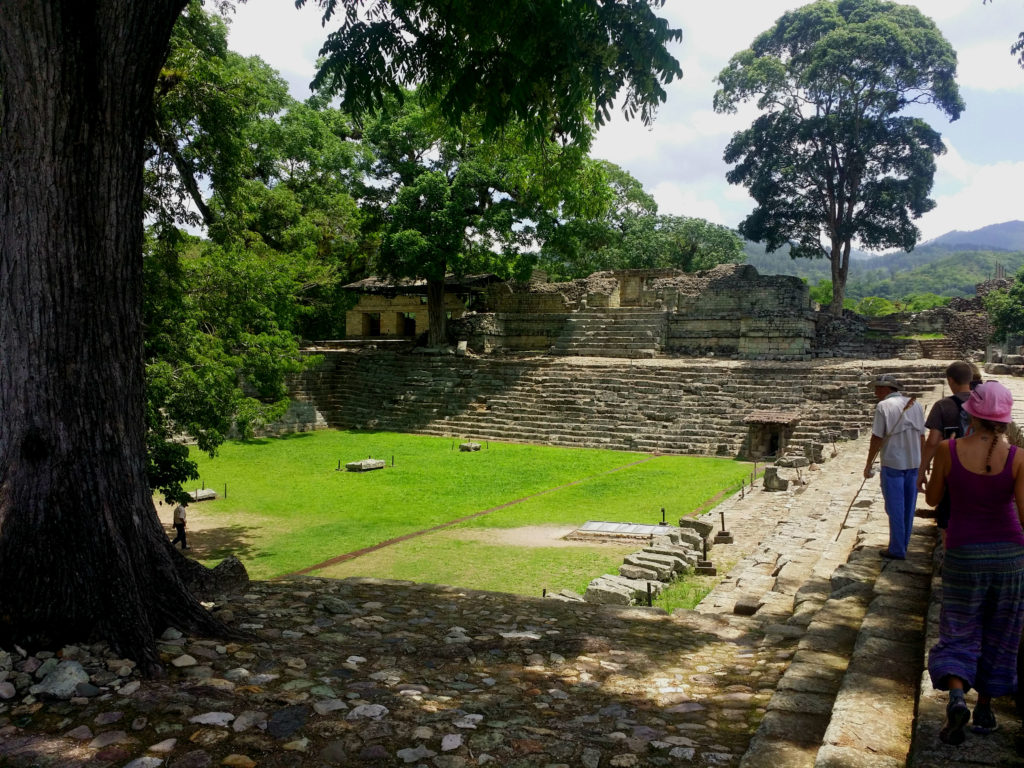
Jaguartorget i det forna Copan. Jaguar Plaza in the former Copan city.
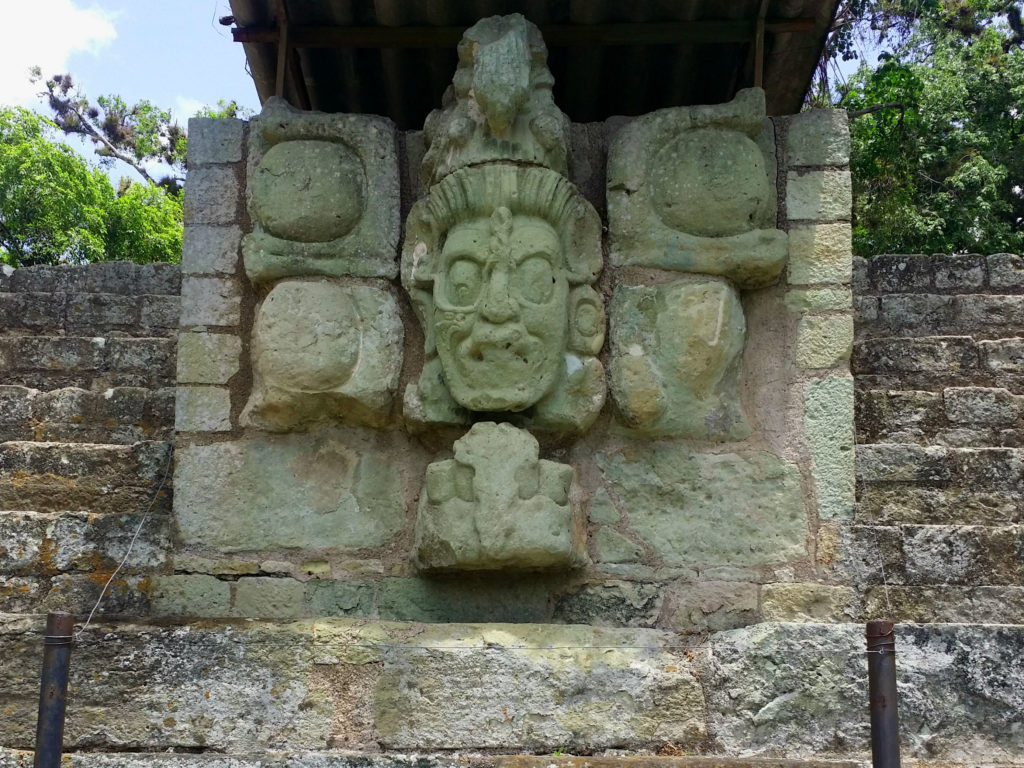
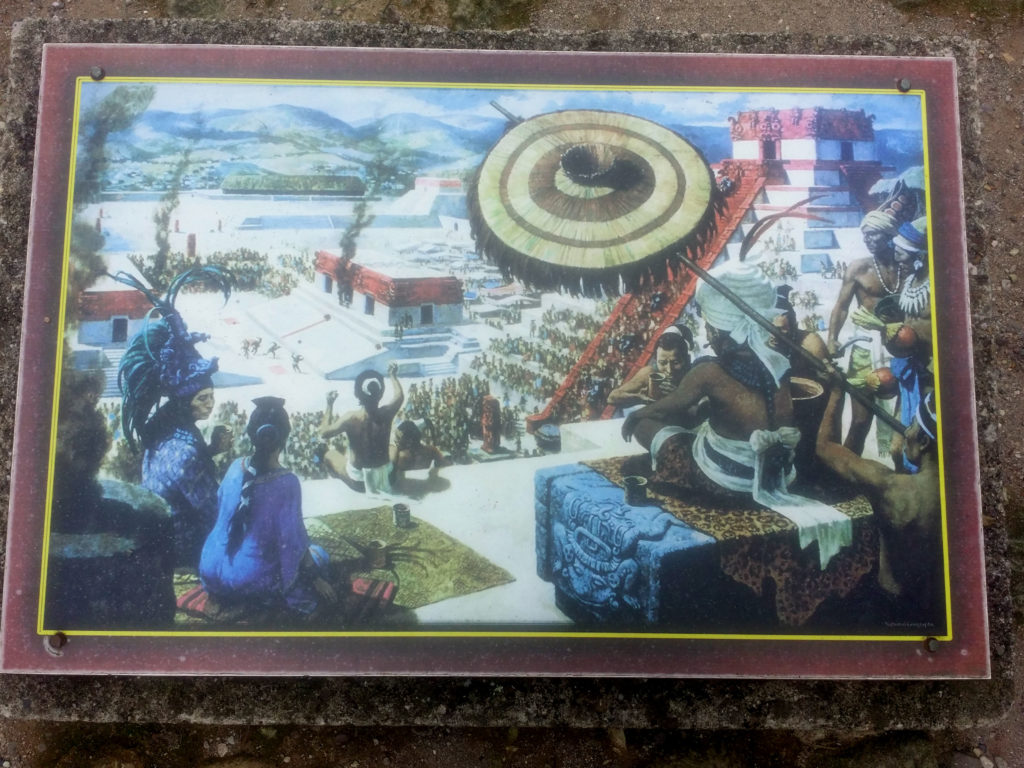
En illustration över hur Copan troligtvis såg ut. An illustration of how Copan probably looked like.

Arkeologerna håller fortfarande på att gräva ut och lägga tillbaka stenarna där de troligtvis var placerade. The archaeologists are still digging out and putting back the stones where they probably once were placed.
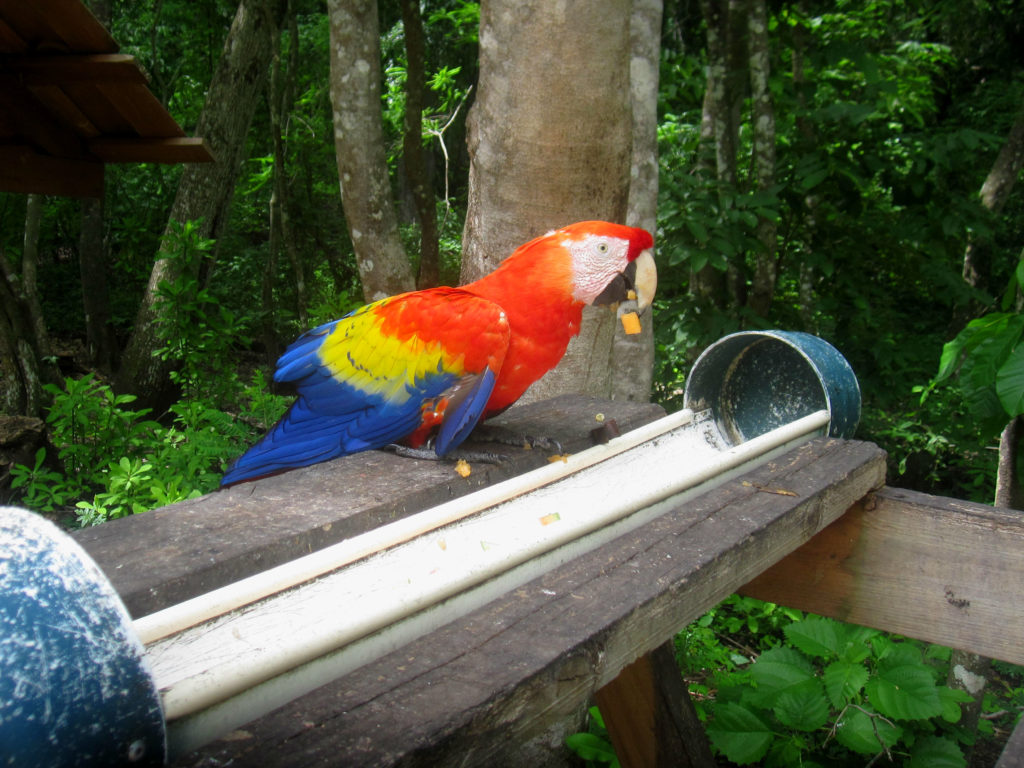
Den röda aran är Honduras nationalfågel och den lever fritt här bland ruinerna i Copan. The scarlet macaw is the national bird of Honduras and they live freely here among the ruins in Copan.
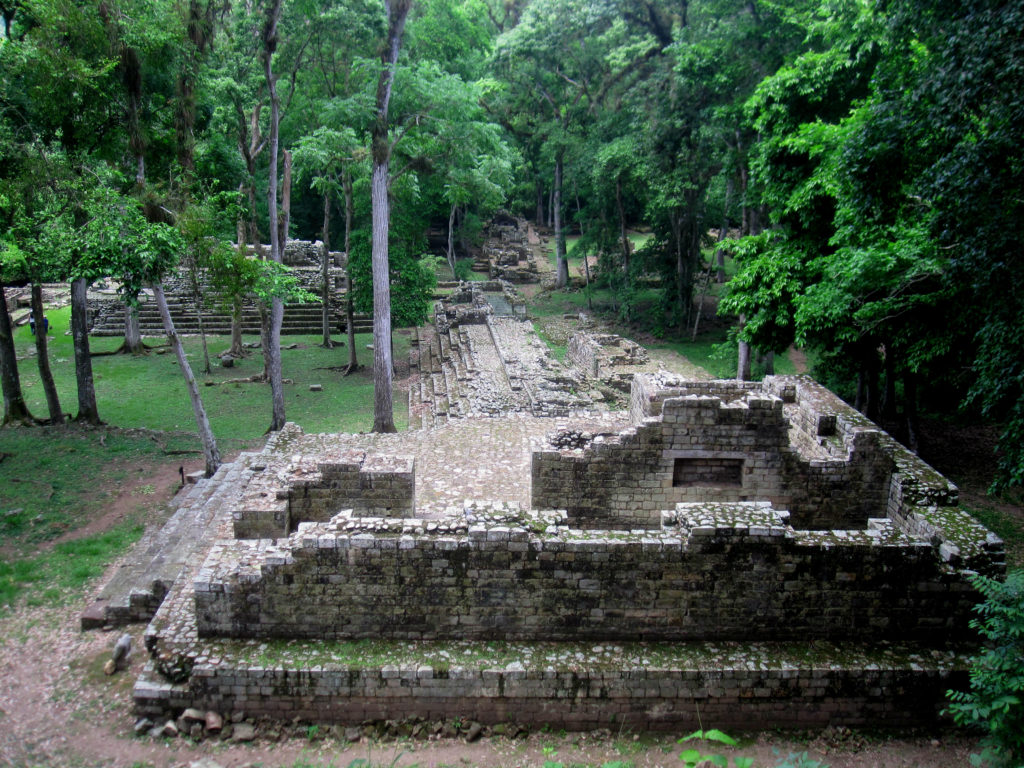

Leave a Reply